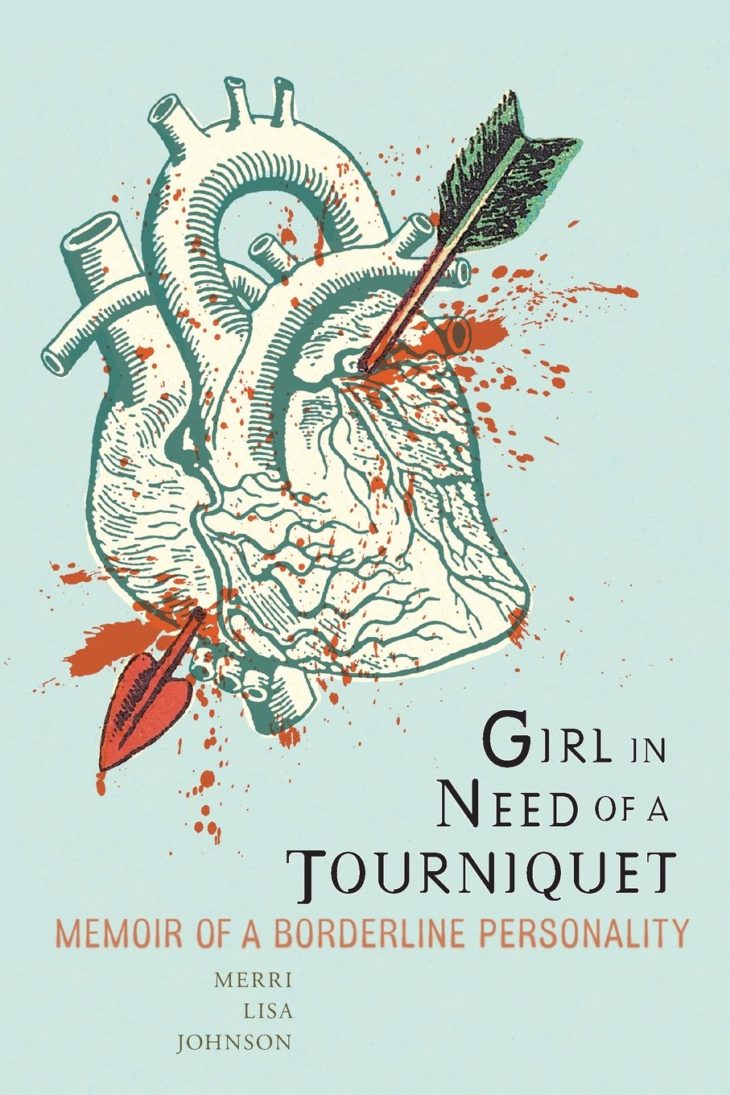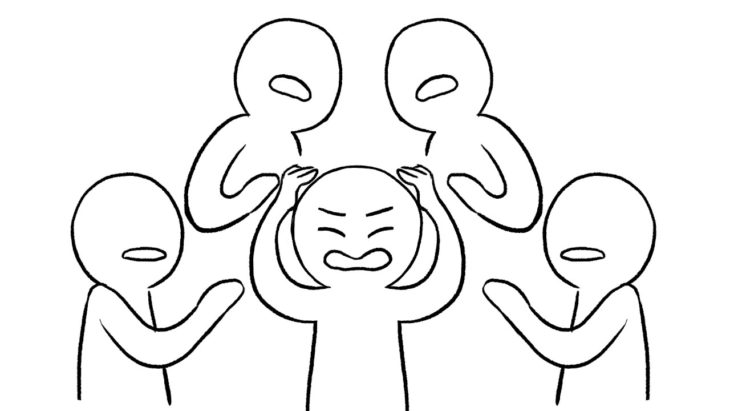It’s hard, even now, to write the words, “I have Borderline Personality Disorder.” I hesitate before making the statement for so many reasons. The condition is a big mish-mosh of types of people and problems. You have to meet five out of nine criteria listed in the DSM-IV-TR for Borderline Personality Disorder, which means there are oodles of different combinations of said criteria and therefore so many different kinds of borderlines. I notice myself wanting to say I’m not like other borderlines, but isn’t that just like a borderline to present myself as special and unique and less scary/dangerous/weird/sick/unappealing than other borderlines? Still, one borderline is not like another. There are subtypes—discouraged borderline, self-destructive borderline, impulsive borderline, petulant borderline. There are typologies—the Queen, the Waif, the Hermit, and the Witch. The term “borderline” is also applied in a gender-biased way to women who are read as hysterical and out of control, while men who demonstrate the same symptoms are labeled “anti-social.” “Borderline” is just a train station away from “bitch,” in the popular cultural imagination. The term is a slur.

Source: Amazon.com
Apart from these disclaimers, I do have Borderline Personality Disorder. I don’t just meet five of the diagnostic criteria in the DSM — I meet all nine. Underneath a veneer of apparent competence, my personality is really out of whack. My mood flashes lightning-fast from happy or neutral to enraged or distraught in response to real or perceived abandonment, invalidation, neglect, or criticism, especially from my romantic partner, but also from family members, friends, co-workers, bosses, and sometimes even strangers. My triggers are unpredictable and highly sensitive. When someone trips one of these emotional landmines, my experience of Borderline Personality feels like a form of PTSD. I have flashbacks and emotional hallucinations. I lapse into a state of hostile dissociation with self-destructive visions of cutting my arm open, walking in front of a fast-moving car, or lying down beneath a tree and never getting back up.
Because these psychological states are so intense, I have a fairly negative attitude towards emotions. I divide my time between avoiding them through self-isolation and altering them through substance abuse. Under the umbrella of substance abuse, I would group the obvious (drug addictions) with two less than obvious chronic behavioral dysregulations: being a Very Bad Girl (jailbait, stripper, other woman) and being a Very Good Girl (academic all-star, overachiever, workaholic). Being good and being bad alternate inside me as obstacles to the stable authenticity I long for but, as a borderline personality, do not usually feel.
Although there is no “cure” for Borderline Personality Disorder, the condition can be brought under control through dialectical behavioral therapy, a combination of cognitive reconditioning and zen mindfulness. I have not undergone this form of treatment, but the work I have done in therapy allows me to remain at the high-functioning end of the borderline personality spectrum. Most recently, I sought marital counseling with my partner and together we learned to escape the tyranny of our Imago match by engaging each other through intentional dialogue. We learned to see each other again as attractive beloved individuals beneath the hazy layer of parent behaviors we reminded each other of. We learned to see each other with clarity and compassion. We practiced. We made small changes in our neural pathways. We acted less crazy. We noticed our feelings and asked ourselves, and each other, if they were disproportionate. We stopped letting hyper-reactivity rule the roost.

Source: YouTube
One scholar says high-functioning borderlines are indistinguishable from neurotics, and I agree. I haven’t ventured into the psychotic end of borderline personality—the cutting, the cocaine, the suicidal gestures—for a pretty long time. Mostly I worry and watch the face of my partner for approval and reassurance. I have downshifted my disorder for the time being, but what I know about being borderline is that my capacity for self-isolation, self-destruction, sadistic verbal attacks, and splitting people into “good” and “bad” categories are never far from the surface of my personality. They flare up despite tentative gains towards an earned secure attachment to my partner.
The moments when these traits pop up serve as important reminders.
Borderline Personality Disorder is a persistent configuration of psychological impairments. I am not cured. Psychological growth is recursive. It can and will take a lifetime of sustained effort to “write my mind,” as the band Wilco once sang, “the way I want it to read.”
Original by: Merri Lisa Johnson
